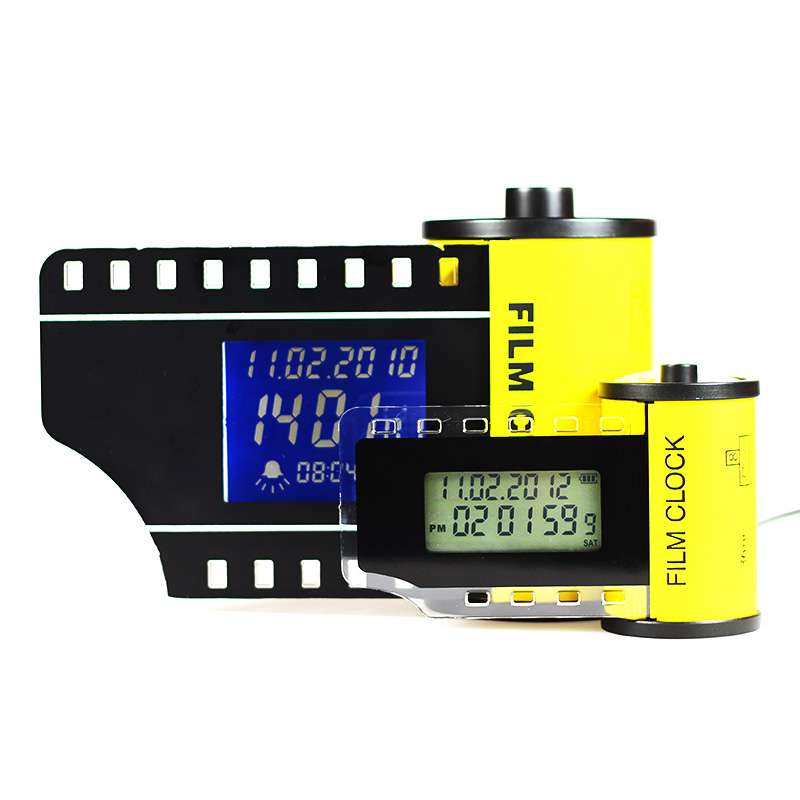Currently used UV offset inks mainly include offset printing plastic inks, offset printing metal inks, offset printing matte printing inks, and offset printing fragrance inks.
UV Offset Plastic Ink UV Offset Plastic Ink is a light-cured, water-based offset ink suitable for printing plastic substrates such as PET gold and silver cardboard, PP/PE treated, PVC, ABS acrylic, and various types of paper. UV fast curing, good adhesion fastness, bright color, good adhesion between layers, large area printing, dense and bright ink layer, clear dots. Ink printing stability, anti-emulsification ability.
UV offset metal ink UV offset metal ink is a water-based offset printing ink, suitable for printing all kinds of metal substrates, such as all kinds of iron, aluminum foil, etc., can also print a variety of paper. With UV curing speed, good adhesion fastness, bright colors, dense and bright ink, clear dots and other advantages.
UV offset sanding ink UV offset sanding ink, milky white translucent paste, used for offset printing all kinds of gold and silver cardboard. The matte effect is similar to screen printing UV matte, but with less ink.
UV Offset Flavour Ink UV Offset Flavour Ink is an offset ink that combines microcapsule technology with UV low temperature fast cure and can be instantly dried after printing. After the ink is cured, it can be smelt by hand, rubbing or squeezing. The printing process is similar to a general UV offset ink.
Composition of UV inks The main components of UV inks are polymerizable prepolymers, photosensitive monomers, photoinitiators, and auxiliary components are coloring pigments, fillers, additives (leveling agents, defoamers, polymerization inhibitors, etc.).
1 polymerizable prepolymer
Polymeric prepolymers are important ingredients that determine the properties of UV light oil coatings and are generally classified according to the framework structure. Skeleton structure affects coating hardness, abrasion resistance, adhesion, light resistance, chemical resistance, and water resistance.
Prepolymers mainly include epoxy acrylate resins, urethane acrylate resins, polyester acrylate resins, polyether acrylate resins, polyacrylic propyl esters, and unsaturated polyester resins.
2 photosensitive monomer (active diluent)
UV inks and UV varnish oils need to have a viscosity suitable for the coating machine during coating. Generally, the viscosity of the prepolymer is reduced by adding 20% ​​to 80% of the monomers, and the monomer itself undergoes polymerization to become a cured film. Part. When selecting monomers, follow these guidelines:
a. Low viscosity, good dilution effect;
b. Fast curing;
c. Good adhesion on the material;
d. Less irritating to skin and less toxic;
e. No odor is left in the coating.
3 photoinitiator
The role of photoinitiator is to absorb ultraviolet light energy, generate free radicals, so that the ink polymerization. The selection of photoinitiators should follow the following principles:
a. High UV absorption efficiency;
b. Relative stability is good;
d. Good compatibility with prepolymer and monomer;
e. Little odor;
f. Low cost.
Here are some examples of UV ink formulations.
Embossing UV ink formulation
According to the composition of the UV ink, the UV offset ink is similar to that of a UV offset ink. The difference is that the former has a lower viscosity, and the ink rheological requirements are not stricter than the latter. The general formula is as follows.
Embossing UV ink formulation:
Name percentage (wt%)
Epoxy bisacrylate 18
Adjustment resin 15
Reactive Monomer 30
Benzophenone 8
Triethanolamine 3
Pigment 22
Polyethylene wax 2
Bentonite 2
Total 100
Non-water-based offset UV ink formulation for metal and polypropylene Non-water-based offset UV ink formulation for metal and polypropylene Waterless offset UV ink for metal:
Name percentage (wt%)
Epoxy bisacrylate 40
Polyurethane bisacrylate 18
Turnip Green 18
Diaramid Yellow 2
Benzophenone 6
Isopropyl thioxanthone 4
Polyethylene wax 6
Teflon wax 1
Quantacure EPD (Trade Name) 5
Total 100
This ink is used for waterless offset printing of beer cans, beverage cans and spray cans.
Inkjet UV ink formulation
Inkjet printing UV inks:
Name percentage (wt%)
Trimethylolpropane triacrylate 50
Dimethylphenylacetamide 12
Isopropyl thioxanthone 1
Ethyl dimethylaminobenzoate 1
Toluene 25
Polymethyl methacrylate 10
Pigment 1
Total 100
Reprinted from: China Printing and Packaging Network
All the material of our Plastic Digital Clock are eco-friendly. Each product will be packed in a separated inner box to ensure the clocks will be in good condition after shipping. Meanwhile, each Digital Clock have a manual to show how to use the clock.
Payment: 30% deposit before production, 70% balance paid before shipment.
MOQ:300 pcs
Delivery: 35 - 40 days

Plastic Digital Clock
Plastic Digital Clock,Modern Plastic Digital Clock,Electronic Time Clock,Plastic Kids Digital Alarm Clock
Guangzhou Huan Yu Clocking Technologies Co., Ltd. , http://www.mid-clock.com